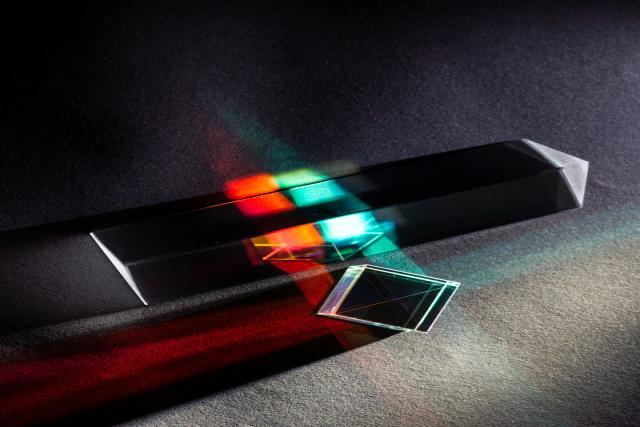
Spectrophotometers are the main instruments in scientific research and development as they can be used to measure the absorption or transmission of light in different materials. Some disciplines that highly depend on these instruments include biochemistry, molecular biology, material science, and environmental testing. The precision of the data provided by spectrophotometers in lab research is incredibly accurate and must be understood for molecular structures, identification of impurities, and quality control.
Biochemistry and Molecular Biology Spectrophotometers
To determine the concentration and properties of proteins, nucleic acids, and lipids among others, biochemistry and molecular biology employs a spectrophotometer. Scientists typically measure the absorption of light by a sample at particular wavelengths with UV-Vis spectrophotometry. The Beer-Lambert law together with measurements of absorbance enable the determination of amount of DNA, RNA or protein present in a sample. Other areas of application are enzyme kinetics and biochemical reaction monitoring which are very dependent on spectrophotometers. From this, it is possible to follow the kinetics of absorbance over time for tracking the development of a reaction, and critical parameters such as activity of enzymes and rates of reactions can be deduced.
Chemical analysis and material science
The optical characteristics of materials, including metals, semiconductors, and polymers, are examined in material science using spectrophotometers. Important characteristics like band gaps, composition, and structural integrity can be inferred by researchers by examining how materials absorb or reflect light. To ascertain the thickness and homogeneity of a material, spectrophotometers can measure light transmission and reflection in the study of thin films or coatings. Spectrophotometers are also important tools in chemical analysis, where they are used to quantify materials, identify unknown chemicals, and track reaction processes. In chemical research, spectrophotometers are frequently used to confirm the composition of chemicals and assess the purity of substances.
Keeping Data Reliable and Accurate
The spectrophotometers play an important role in scientific study when it comes to making sure there is an assurance of accuracy and reliability of the data. With high precision and reproducibility, measurements facilitated by spectrophotometers allow researchers to deduce dependable results and make defensible decisions. Spectrophotometers eliminate human error and subjective interpretation that may come from visual appraisal alone since it provides quantifiable information regarding the characteristics of a sample Modern spectrophotometers are much more sophisticated because they contain multi-wavelength detection, software integration, and even automatic calibration for more precise readings and adaptability.
The spectrophotometer plays an important role in scientific research and development since the scientists get exact and reproducible data that may be used in a variety of applications. These tools are of utmost importance for maintaining the accuracy of data, tracking chemical reactions, and ensuring quality control in a wide array of fields including biochemistry, material science, and environmental studies. Scientific disciplines will increasingly look toward spectrophotometers to promote innovation and increase the standard of research outcomes as they advance. Spectrophotometers have led the scientific frontier, whether it be in an industrial setting for quality control purposes or within a laboratory environment for further study into the science of the phenomena.






